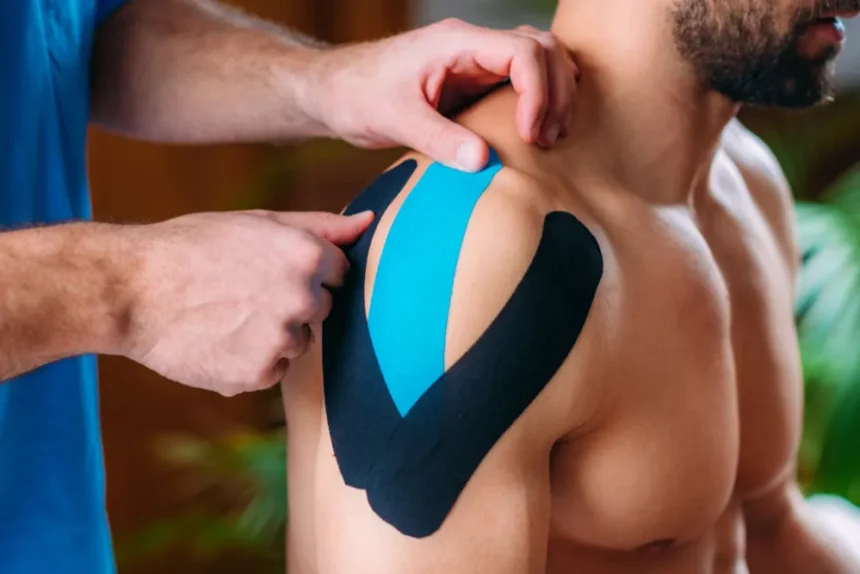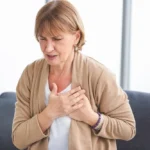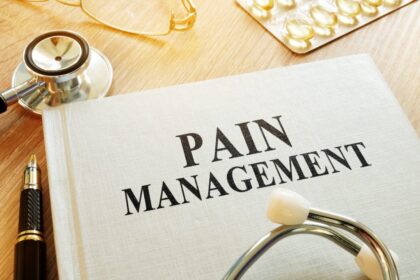Sports injuries are a common occurrence among athletes and active individuals. These injuries often require specialized care to restore mobility, reduce pain, and prevent long-term complications. Orthopedics plays a pivotal role in managing and treating these injuries using evidence-based techniques. Here is more information on three methods they employ in effective sports injury treatment:
Exploring Non-Surgical Interventions
Orthopedics often rely on conservative, non-surgical treatments as the first line of care. This approach is particularly common for minor to moderate injuries, including sprains, strains, and overuse conditions. Athletes may be advised to temporarily stop the activity that caused their injury, allowing the affected tissues to heal. Physical therapists assist patients in regaining strength, stability, and range of motion, often focusing on the area of injury.
Another key aspect of non-surgical treatment is the use of assistive therapies. These may include cryotherapy (cold treatments) to reduce swelling, heat therapy to promote blood flow, or electrical stimulation to support muscle recovery. Anti-inflammatory medications, such as ibuprofen, are also frequently prescribed to manage pain and inflammation. Taken together, these non-invasive interventions aim to minimize downtime and accelerate recovery without surgical interference.
Understanding Minimally-Invasive Procedures
When conservative measures are insufficient, orthopedic specialists may employ minimally invasive techniques to address sports injuries. This approach can be particularly effective for conditions like ligament tears, joint abnormalities, or advanced tendon damage. Arthroscopy allows specialists to diagnose and treat joint injuries using a small camera and specialized instruments. This method results in smaller incisions, reduced recovery time, and lower risk of infection compared to traditional surgery.
Innovative regenerative medicine techniques are showing promising results. Platelet-rich plasma (PRP) therapy is one such method. PRP involves injecting a concentration of the patient’s own platelets into the injured area to encourage tissue repair. Stem cell therapy is another emerging field, where harvested stem cells are used to regenerate damaged tissues. These procedures harness the body’s natural healing abilities, improving outcomes for athletes who require advanced care.
Identifying Rehabilitation Strategies
Successful treatment of a sports injury extends beyond the resolution of pain or swelling. Orthopedic specialists emphasize rehabilitation and preventive strategies to enable patients not only to recover but also to avoid re-injury. Rehabilitation typically involves structured exercise programs designed to meet specific recovery goals. Strength training, flexibility exercises, and balance work are tailored to the athlete’s sport and level of activity.
Preventive strategies also play a significant role. Specialists often assess an athlete’s movement patterns or biomechanical tendencies to identify areas of risk. Corrective training is then implemented, which may include improving posture, adjusting technique, or strengthening underdeveloped muscles. For athletes engaged in high-impact sports, custom orthotics or braces may be recommended to provide support and stability.
Learn More About Orthopedics
Orthopedic specialists utilize a range of methods to treat sports injuries, tailoring their approach based on the severity of the condition and the athlete’s unique requirements. Non-surgical interventions often serve as the foundation for treatment, offering effective solutions through rest, physical therapy, and assistive therapies. Minimally invasive procedures, such as arthroscopy and regenerative medicine, provide advanced solutions for more persistent injuries. Finally, rehabilitation and preventive strategies are valuable for enabling recovery and reducing the likelihood of future injury.
- How Acupuncture Can Complement Other Forms of Pain Relief
- Understanding the Emotional and Physical Benefits of a Breast Lift
- Toothache or Infection? How to Tell the Difference and What to Do About It
- Hypertension in Women: Symptoms and Management
- How Orthopedic Specialists Tackle Sports Injuries Effectively






